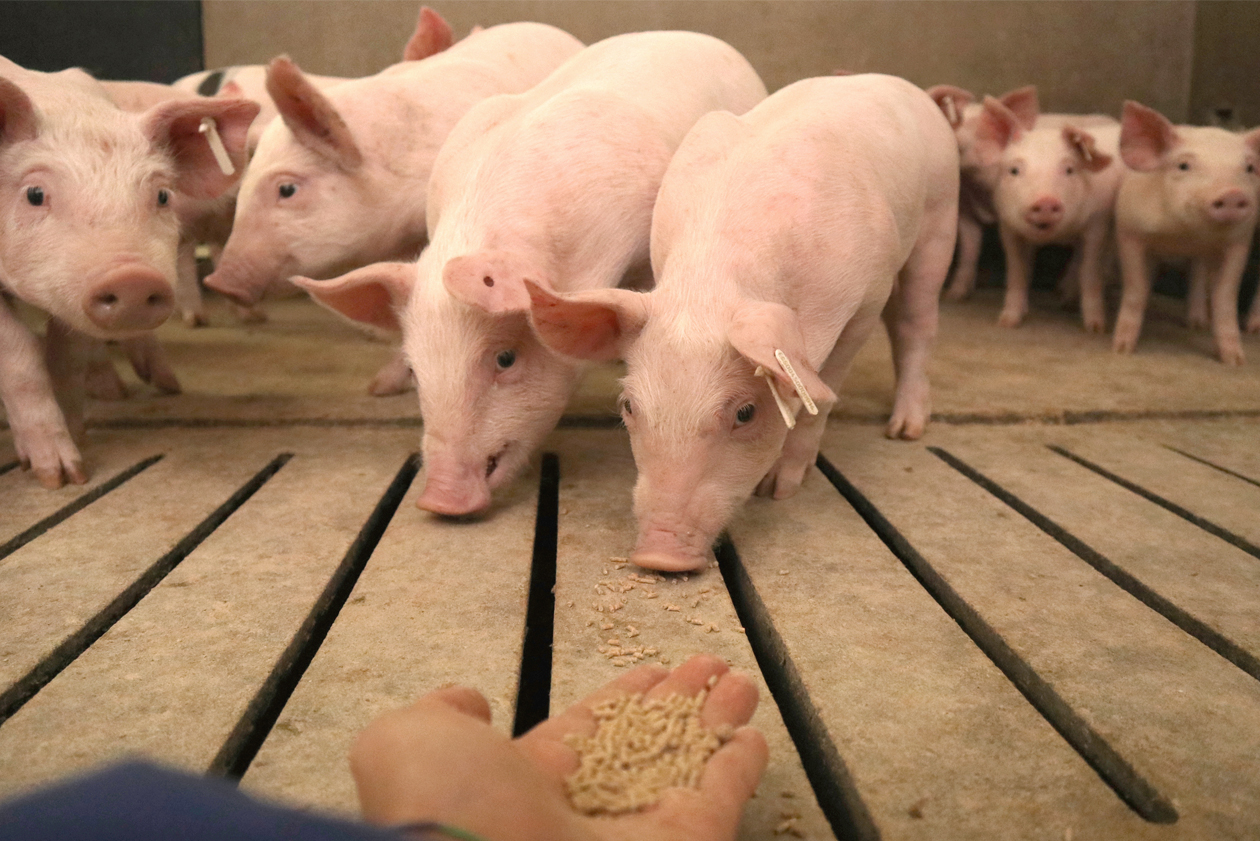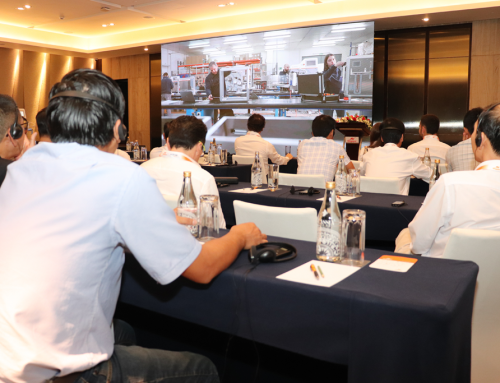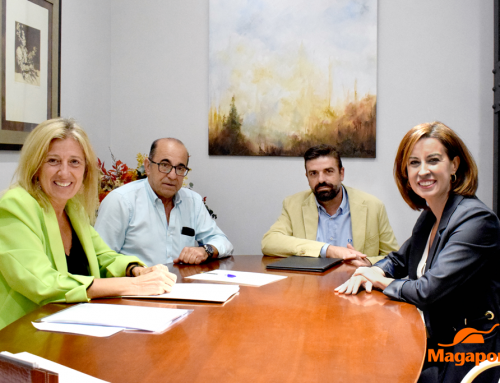The Spanish Foundation for the Development of Animal Nutrition (FEDNA), the National Research Council (NRC) in the USA and the Dutch Product Board Animal Feed (CVB) in the Netherlands are the main institutes that offer guidelines on the composition and nutritional value of feed, forages and subproducts for the manufacture of compound feed for different animal species, and on which we can base ourselves when preparing a diet for a breeding boar.
Throughout these articles, we will explain the nutritional needs naming all the important components in the feeding of boars from birth to the production stage in artificial insemination centers (AI). In the feeding of reproducers, it is important to know what their growth curve should be, what expenses are necessary for production in relation to the growth or maintenance of the animal, and what specific action have certain nutrients on the activity and sexual activity of the boars.
Therefore, we will begin by summarizing the influence of feeding on the two periods of a boar life: the breeding period and the period of production of seminal doses in the insemination center:
Breeding period
In the breeding period, the objective is to reach puberty in the breeders. Although puberty is related to the age of the animal (150-160 days), it is also necessary for the male to reach a live weight of about 80-120 kg, with differences between breeds and genetic lines.
If during this period the boar suffers underfeeding, sexual development takes priority, increasing the relative weight of the testes and decreasing the live weight of the animal. This will lead to a delay in the onset of puberty which, if feeding restrictions are severe, will produce an irreversible decrease in semen production. Given that an early puberty allows to increase the useful life of the reproductive, it is advantageous to use an adequate and specific feeding of the future stallion during his breeding period.
Seminal dose production period
The nutritional requirements of the boar for semen production are not very different from those of a growing animal. An ejaculate of about 250 ml is estimated to contain an equivalence of about 100 kcal of metabolizable energy (ME), which is less than 2% of its maintenance requirements.
However, we must know that in uncastrated males the maintenance needs (182 kcal ME/kg live weight) are 24-30% higher than those estimated during growth in castrated males, and it is necessary to take into account the expenditure in the mating activity (mating the dummy sow) and that these males still have to continue growing, although at a moderate rate.
The productive period of the boar should be extended to a maximum of 36 months of age, which is when the natural decline in semen production begins.




